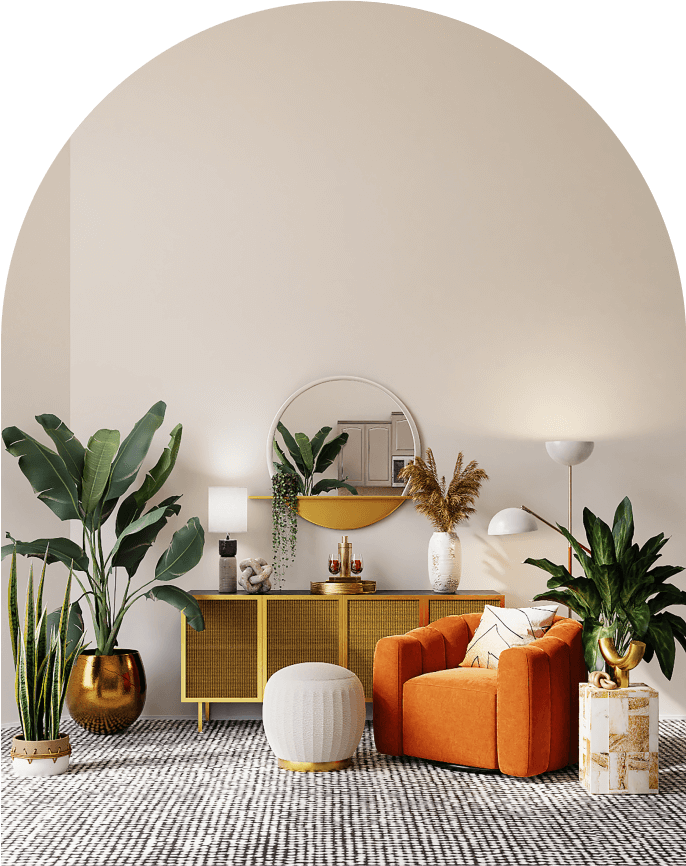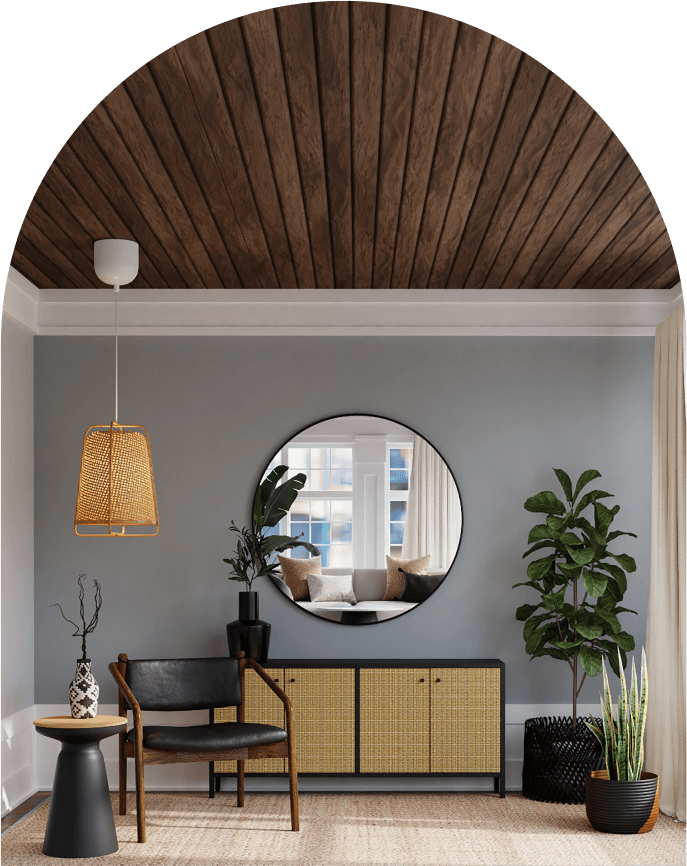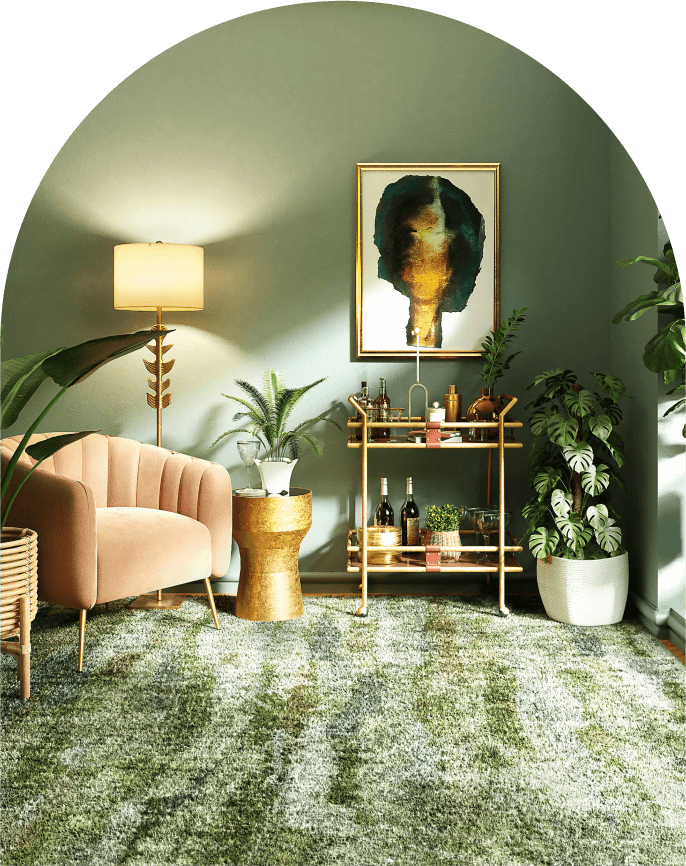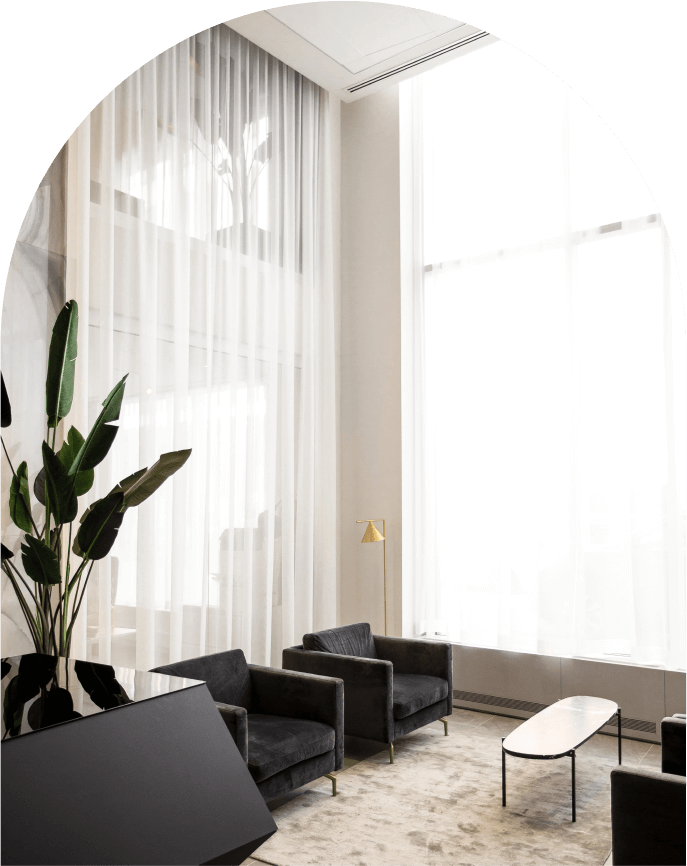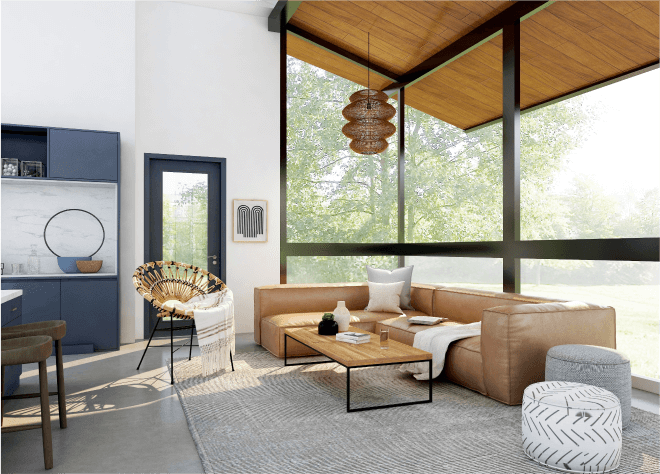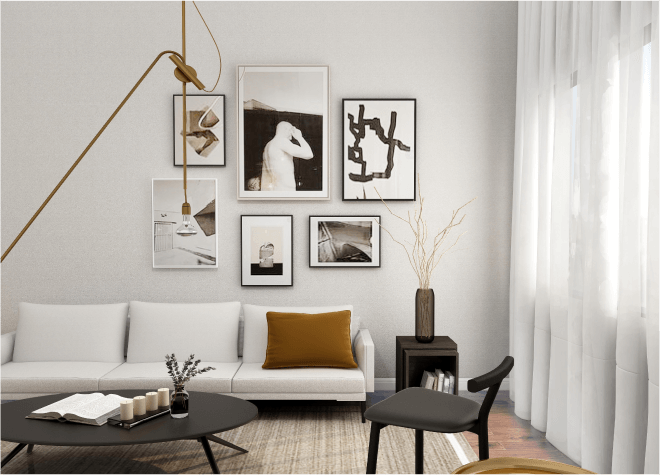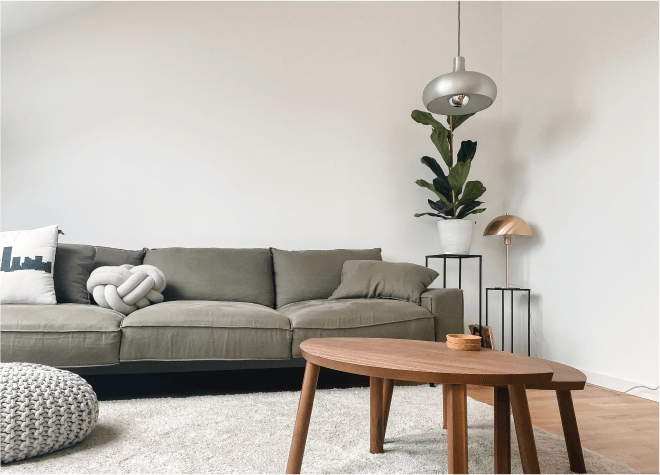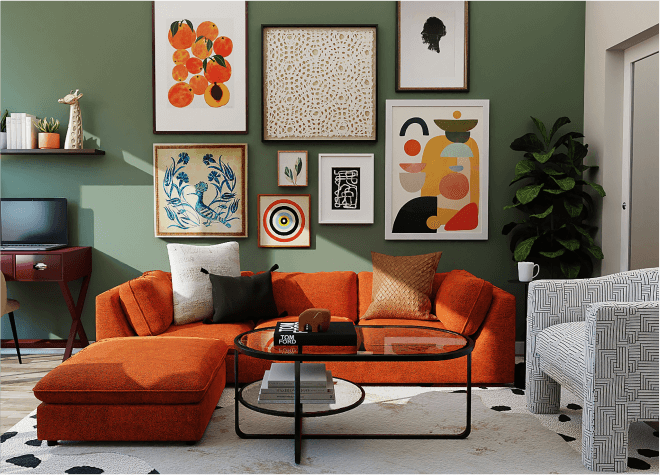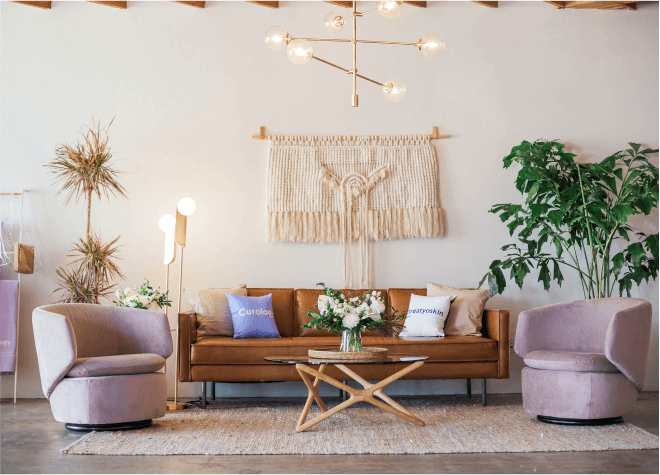Guide to
interior
design
styles
How have you styled your home? Does your home exude a classic traditionalist look, or do you prefer a more modern minimalist design?
Creating a home that you are proud of doesn’t need to be a difficult task. Simply following the interior design tips and palettes that suit your taste will result in a beautiful home that you will love to show off!
There are so many different interior design styles to choose from, you could even create an eclectic blend of several styles. We have put together a guide featuring the major interior design styles and their subcategories to get you started.
Read on to find your interior design style and create the home of your dreams!
MODERN
Modern interior design styles consist of a large group of alternate features and subcategories, usually featuring neutral color palettes. A modern style interior design palette will include natural colors and tones, welcoming guests into your home. However, never confuse modern interior design styles with contemporary interior design as they are two different styles entirely.
Typical materials used in the modern style interior design features include glass and sometimes steel, providing a functional and useful space in your home.
Individual elements are a focus of the room, presenting clean lines across your home.
However, amongst the functional pieces of decor, a strict sense of style and strong lines feature, adapting to new trends to stay current and modern.
modern = new & fresh
Whilst the term ‘modern’ evokes ideas of a new, fresh style for your home, modern interior design styles are not actually that new.
The brainchild of the German Bauhaus schools of design and Scandinavian functionality, the modern style interior design category is actually quite old!
It is, however, an adaptable interior design style that has taken on many different forms and variations of interior design features.
Mid-Century Modern
As the world awoke from the trauma of World War II, the mid-century modern interior design style was born. Typically thriving through the 1950s and the 1960s, the mid-century modern design style injected bold colors into modern interior design styles.
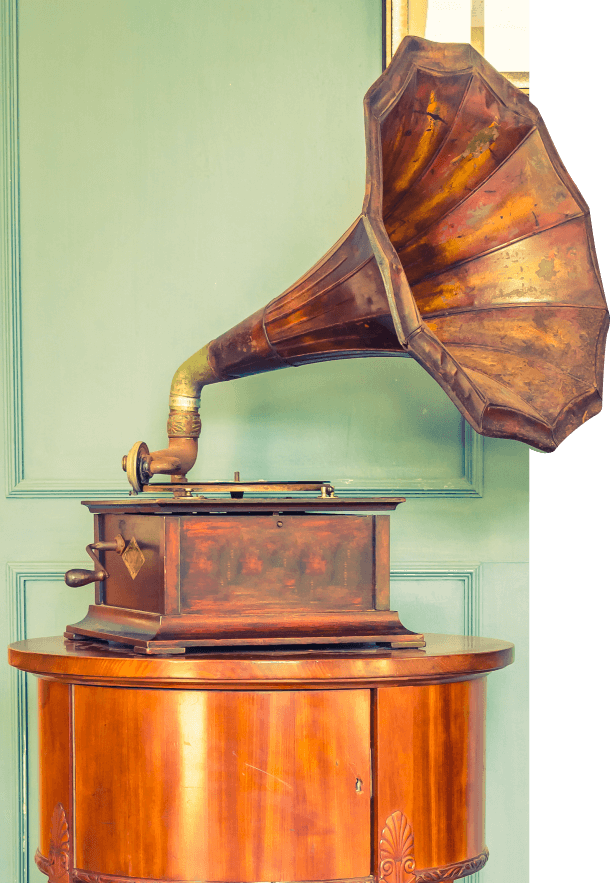
retro
Colors were vivid, lines were crisp, and the features that we now call ‘retro’ sprang from its origin. Bright wall art was contrasted with curved, teak furniture, whilst minimalism began to raise its head for the first time in interior design.
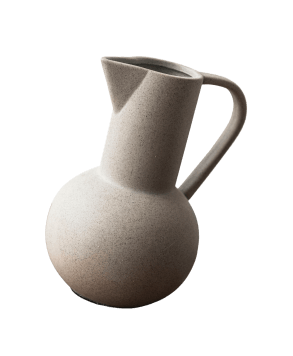
Creating a mid-century modern interior design in the Twenty-First Century involves utilizing retro style with a fresh and unique twist. Paint your home in bold colors and use timeless, simple pieces such as sculptures and sharp shapes. Additionally, create a social hub in your home with plenty of space for socializing and bonding with people who mean the most to you.
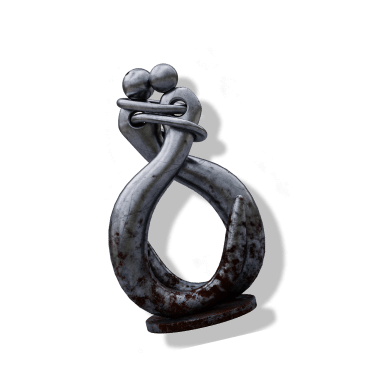
Postmodernism
The postmodern interior design era typically featured between the 1960s and the 1990s, moving away from functional pieces to pieces that just looked good! Whereas mid-century modern interior design was useful and practical, postmodernist interior design exuded irony and complexity.

Postmodernism broke the rules that interior design previously followed, infusing pop culture into your home. Every item in a postmodernist’s home is a style statement, incorporating exaggerated images and vivid graphics.
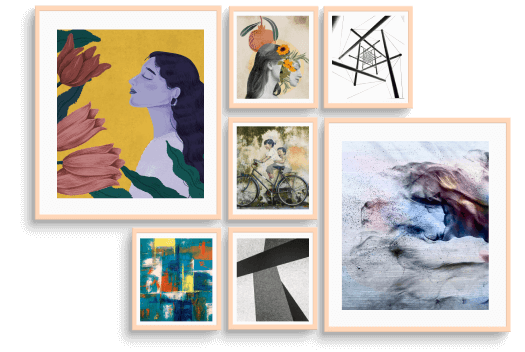
To create postmodernist design styles in your home, opt for boldly colored furniture and loud, exaggerated shapes and features.
Simple sculptures and artwork featuring unusual shapes and patterns are a must, making use of abstract designs and unusual furniture.
Minimalism
less is more
Similar to the modern interior design style, the minimalist design interior follows neutral colors and clean, effortless lines. Lighting is natural and all furniture pieces are once again functional and practical. However, the minimalist style interior design features project the mantra ‘less is more’.

Space is a predominant feature of minimalism, ensuring that the least amount of furniture is used in the home. In addition, all pieces must serve a purpose as functionality is more important than appearance.
Luxury is definitely not in the mind of the true minimalist, as the minimalist interior design style demands zero excesses. All minimalist features are clean and simple, focusing on natural and neutral palettes.
To create a minimalist interior design style in your home, only use furniture and pieces that are needed.
Ensure to create a neutral interior design style with light, simple colors, eliminating flamboyancy and exaggeration.
Industrial
Modern industrial interior design adds a rugged look to your home. This is an interior design style that is synonymous with loft apartments and artist studios, providing a warehouse look with bare brick walls and exposed pipes.

Once again, all pieces used in the industrial interior design style should be functional and of use. Typically, your home should follow an open plan layout, utilizing a neutral color palette yet infusing materials such as copper into the room.
The industrial interior design style exudes the strength of raw materials and creates a strong design statement. Create this interior design style in your home instantly with exposed brickwork and a variety of pieces utilizing gorgeous raw materials.
CONTEMPORARY
Often mixed up with the modern interior design style, contemporary style interior design features are much newer and much more relaxed. The modern interior design style is renowned for strict design rules, yet this contemporary subcategory enables flexibility and individuality.
Emerging from the 1970s onward, the contemporary interior design style can be varied in several ways, utilizing pieces for their ornamental worth.
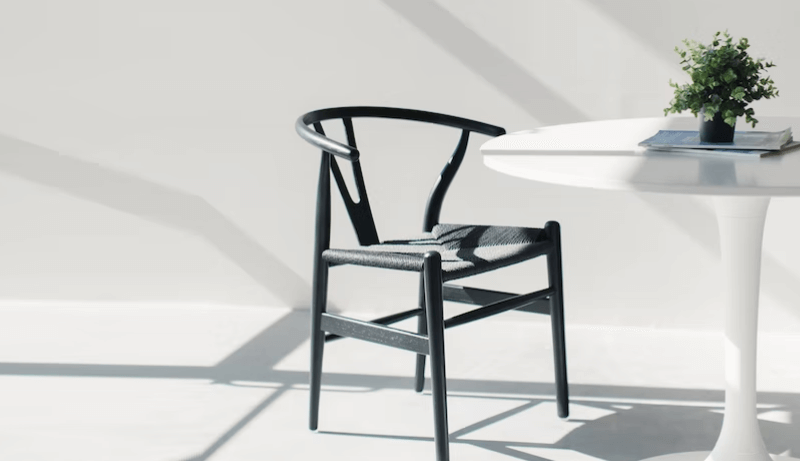

Black and white are two prominent colors that are used in the contemporary interior design style, promoting contrasted palettes for a striking effect.
In addition, the contemporary style loves curves and features that offer a smooth line.
There are several variations of the contemporary interior design style, however, with each style adopting a different twist.
ART
DECO
Art deco is the oldest version of contemporary style interior design. Originating in France a Century ago, straight lines and corners that are jagged make this interior design style unique.
Furniture in the art deco styles detailed carvings and luscious fabrics, providing an individuality that is clearly recognizable even today. Colors are bold and daring whilst designs are symmetrical and exuberant.
Create an art deco look for your home today by using geometric patterns, bold color choices, and elegantly glamorous furniture.
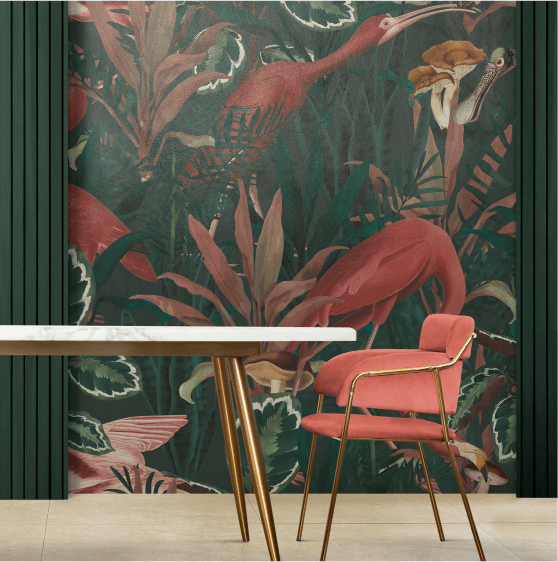
Retro
Contemporary
A distinctive blend of mid-century modern interior design and postmodernism, retro-contemporary interior design offers your home a mixture of colors, forms, and palettes.
You can use a range of woods and other materials and infuse a blend of colors to match your taste. Add some retro furniture pieces for a truly unique look!
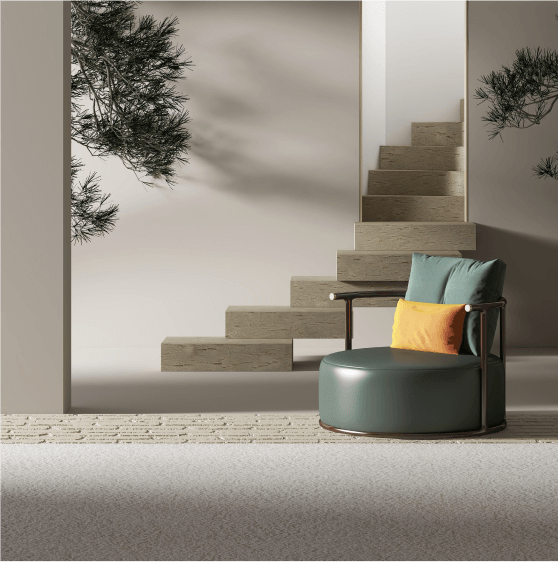
Urban
Contemporary
The urban contemporary interior design style suits the city slicker in a small city apartment. Requiring high-taste pieces, yet space-saving versions, the urban contemporary style effervesces cosmopolitan coolness.
Recreate the urban contemporary look with smaller scale, compact furniture pieces, sophisticated furnishings, and a smart choice of decor.
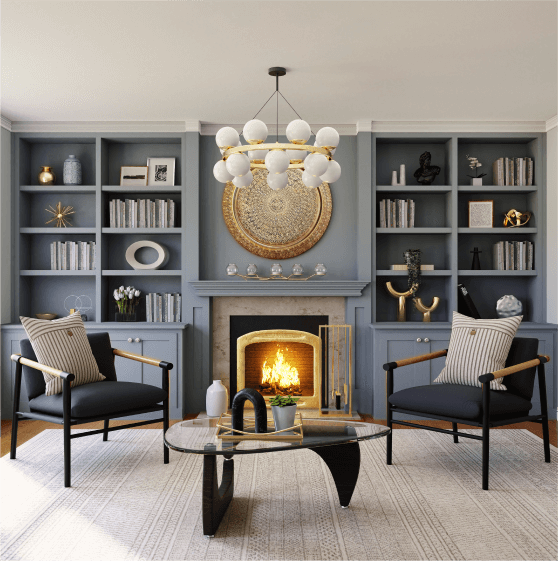
Casual
Contemporary
Typically adopting a large open plan, family living space, the casual contemporary interior design style goes one step further in flexibility. Softer styles are utilized in addition to the latest trends and current focuses.
However, the casual contemporary interior design style rejects the stylized mid-century modern silhouettes, creating fewer rules and more individuality.
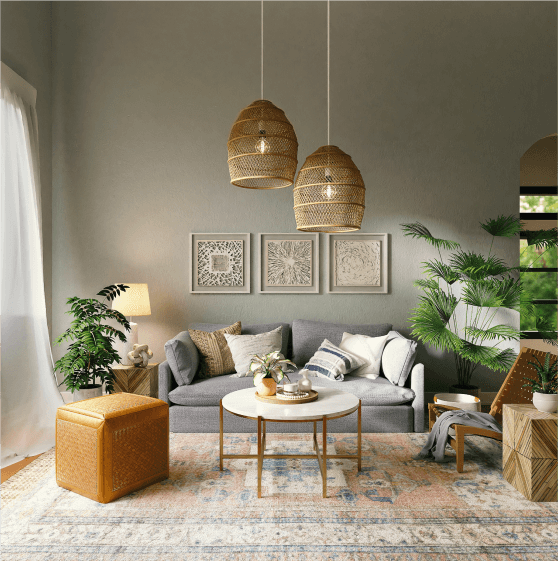
Scandinavian
The Scandinavian interior design style is more functional and practical than any other interior design model. Every aspect of the Scandinavian interior design style is simple and expertly crafted.
Materials are natural and easy to look at. Pale woods such as ash and beech are commonplace. To create the Scandinavian look in your home, opt for linen, glass, and ash materials, and focus on clean lines and simple color palettes.
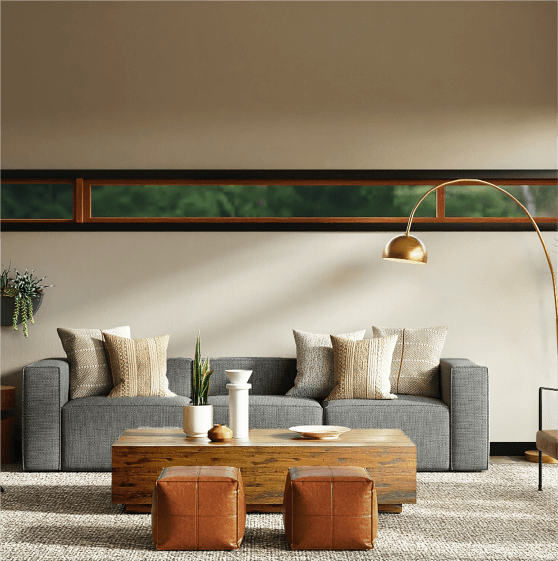
ECLECTIC
The eclectic interior design style is unique and often unusual. There are no specific rules and themes are created by making your own design style using elements of different styles.
Patterns are mixed to create a combination that is as individual as you are. Global inspiration is injected into the eclectic interior design style, inspired by the woven time periods utilized to make something new. An eclectic design style can be anything you want it to be!
To create an eclectic interior design style in your home, do your own thing!
Mix the elements from other interior design styles that you love and make your own style. Add an unusual blend of unexpected items, such as using a trunk as a coffee table, to achieve a truly eclectic style interior design!
There are many varieties of eclectic interior design styles that could appeal to an array of tastes.
Boho or Bohemian
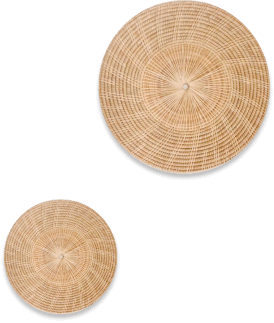
A bohemian style interior design palette is typically a traveler’s dreamscape. Incorporating a blend of patterns and pieces from every corner of the world creates a unique bohemian eclectic interior design that you will be proud of!
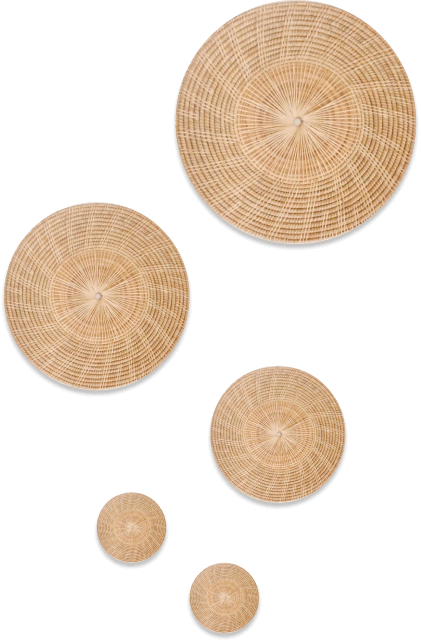
Opting for a bohemian interior design style will mean mixing the cultural items and ethnic patterns that you can find across the continents.
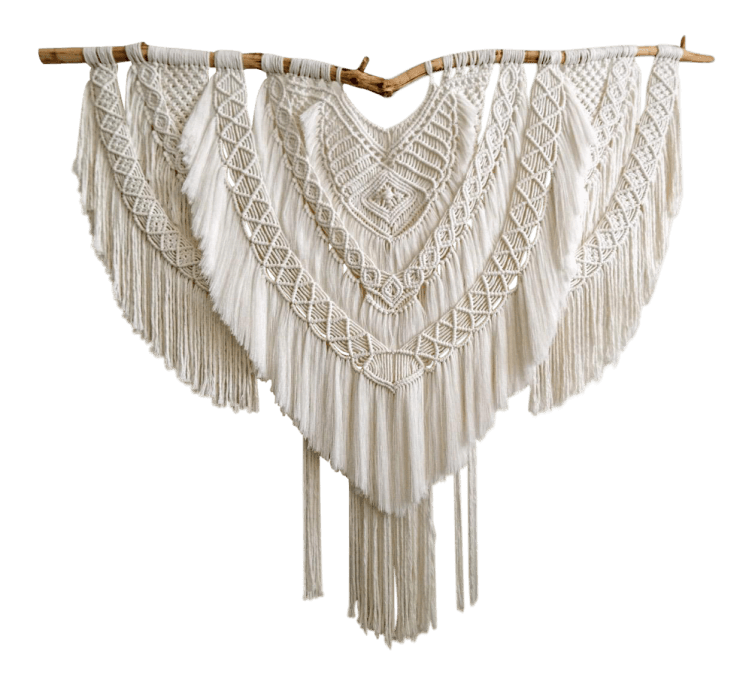
The boho interior design style is a simple bohemian mix, utilizing the boho style interior design features from places such as Africa and India.
With this interior design, bohemian chic will stand out from the crowd!
glam
The glam interior design style utilizes traditional interior design features and mixes a combination of various other styles. Modern, minimalist, and traditionalist all vie for attention whilst injecting glam furniture and pieces into the glam style interior design style home.
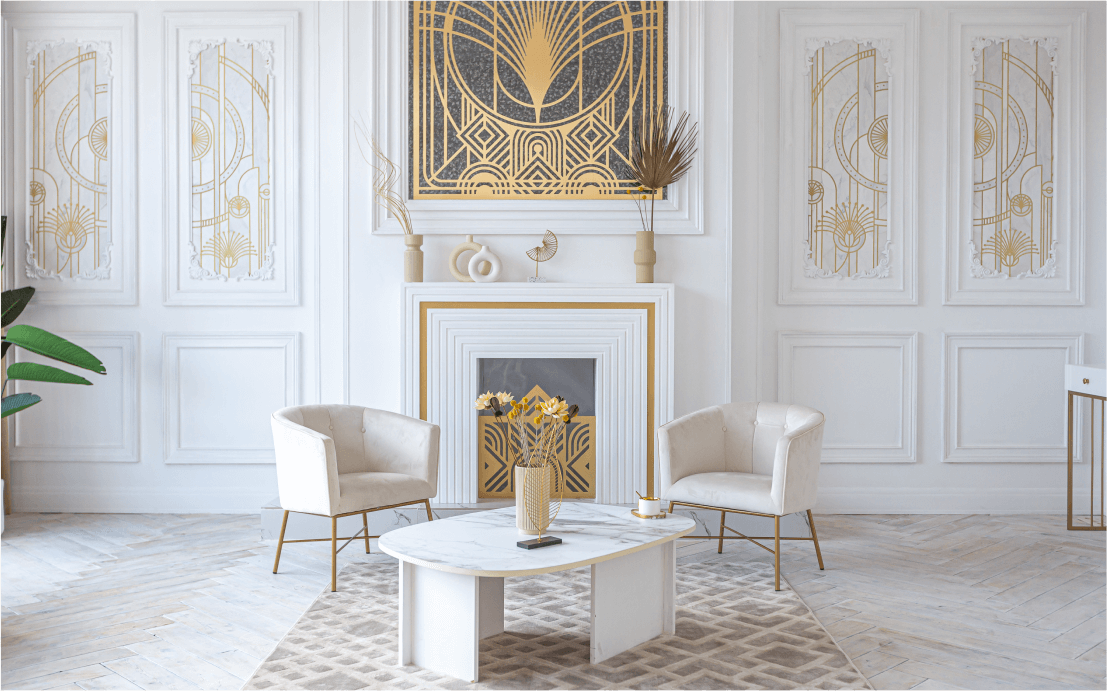
When choosing a glam interior design style for your home, use textures and over-the-top, bold features. This interior design style certainly is a bold statement, even for the eclectic style!
Maximalism
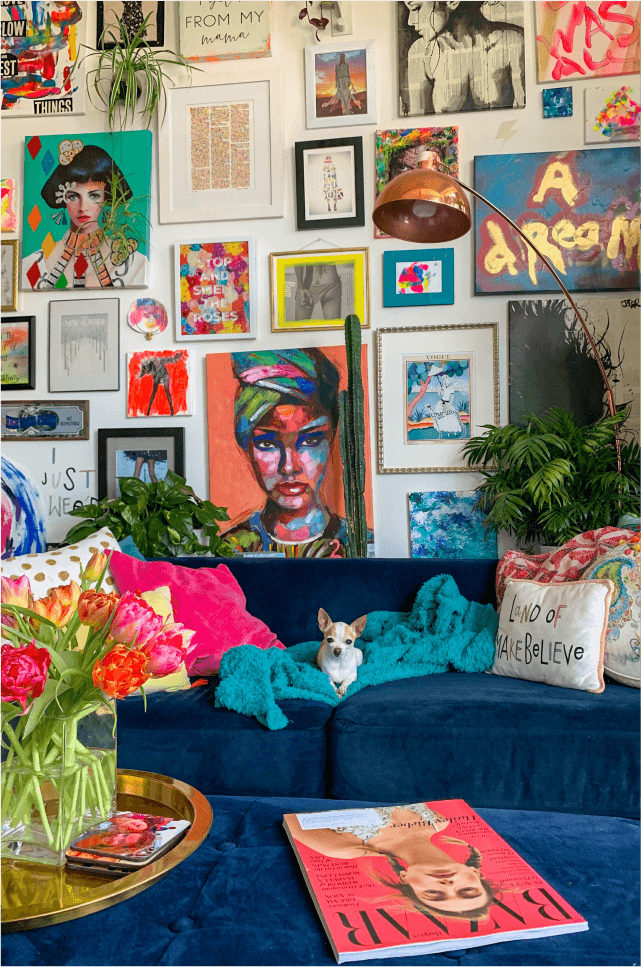

Chaos and colors
If you want to take the eclectic interior design style one step further, opt for the maximalism interior design style.
Chaos and colors are both synonymous with this interior design choice, utilizing texture and prints that will definitely stand out from the crowd.
To create the maximalism interior design choice in your home, create bright, bold, over-the-top color designs. Use shapes and textures that will certainly be noticed!
Southwest
The southwest interior design style is influenced by a relaxed, easygoing Southwestern lifestyle.
Choosing the colors and textures of the desert, influences from the Native Americans, Mexicans, and Spanish can be seen directly in this interior design style.
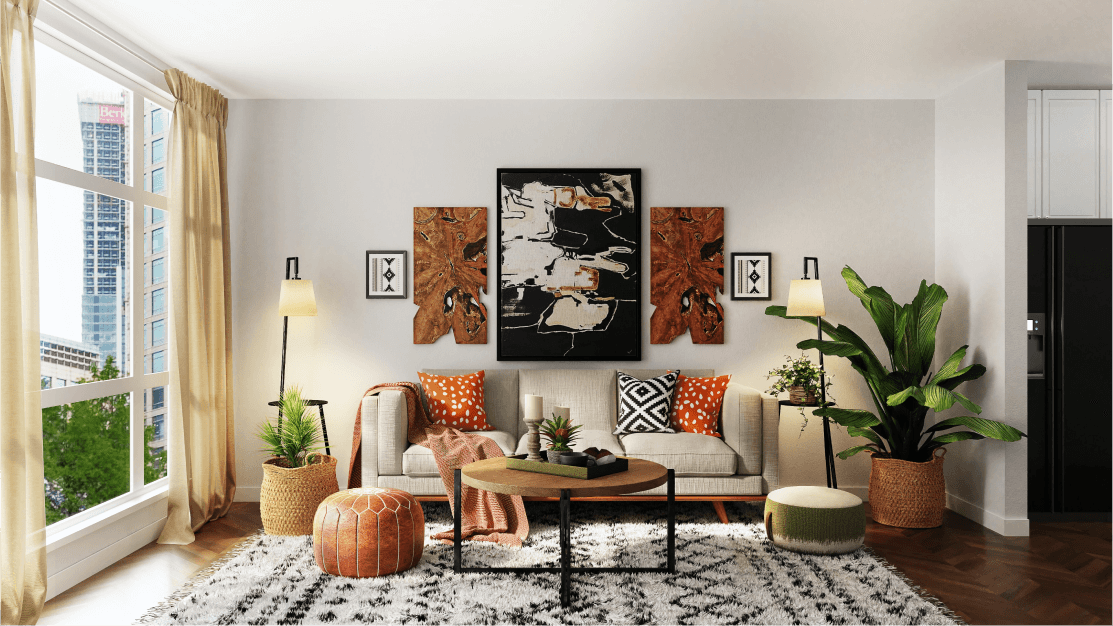
Create this eclectic interior design choice in your home by opting for rich desert colors and choosing wooden carvings. Add ironwork and traditional Southwest textiles, in addition to adobe house lines.
Tropical
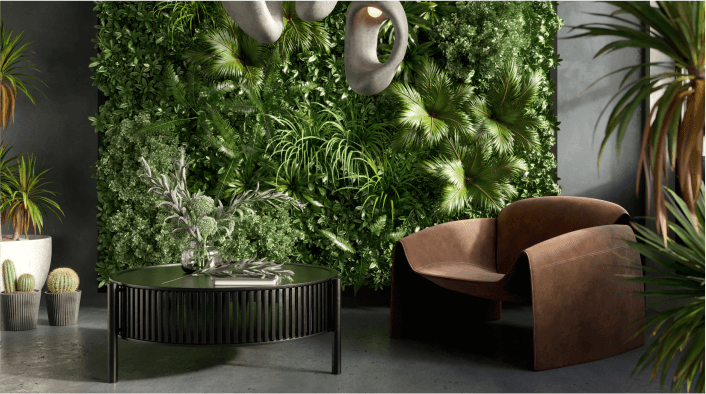
Offering your home a bright, happy design, the tropical interior design style reflects a bolder variety of the coastal style.
Include plants and flowers alongside exotic colors and natural elements, creating a truly tropical paradise.

Shabby Chic
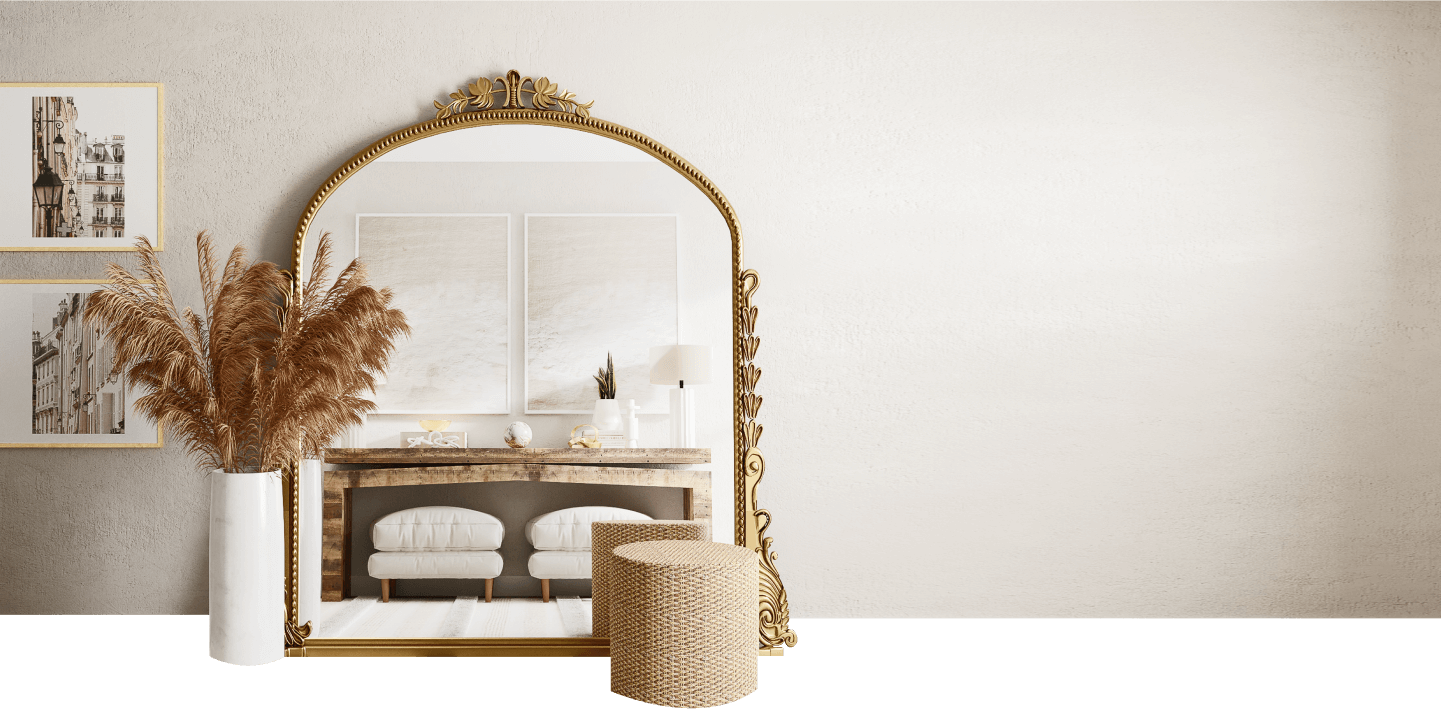
lived in
Creating a bold look for your home that looks ‘lived in’, the shabby chic interior design style mixes old and new decor.
Opting for softer colors and feminine accents, the shabby chic interior design style loves vintage pieces and gentle color palettes.
TRANSITIONAL
What is the transitional style in interior design? Could the transitional design interior style be the look that you are looking for?
Well, do you love the look of traditional, contemporary, and modern interior design styles? You can draw together elements from all these interior design choices when choosing the transitional interior design style for your home!
Transitional style interior design focuses on bringing together several styles and transitioning your interior design to create something new.
A classic, modern look is created, drawing a balance between old pieces and new pieces, and luxury and comfort.
In addition, your home will not feel too masculine or too feminine. An updated and neutral sense of transitional design style is created.
Furnishings in the transitional design style exudes comfort. Accessories are kept to a minimum, although pops of color are encouraged! Fabrics should be soft and natural, utilizing neutral palettes such as cream and gray.
Coastal
The coastal interior design style is a version of the transitional design style that offers a laidback, chic appearance. The elements of the coast are infused into the coastal interior design look, encompassing seaside colors and incorporating shells, driftwood, and rope into the room.
Aim to use light to reflect off the water, creating a laidback, soothing atmosphere. The coastal interior design style is clean and simple, although never confuse this design with the nautical style which is much bolder.
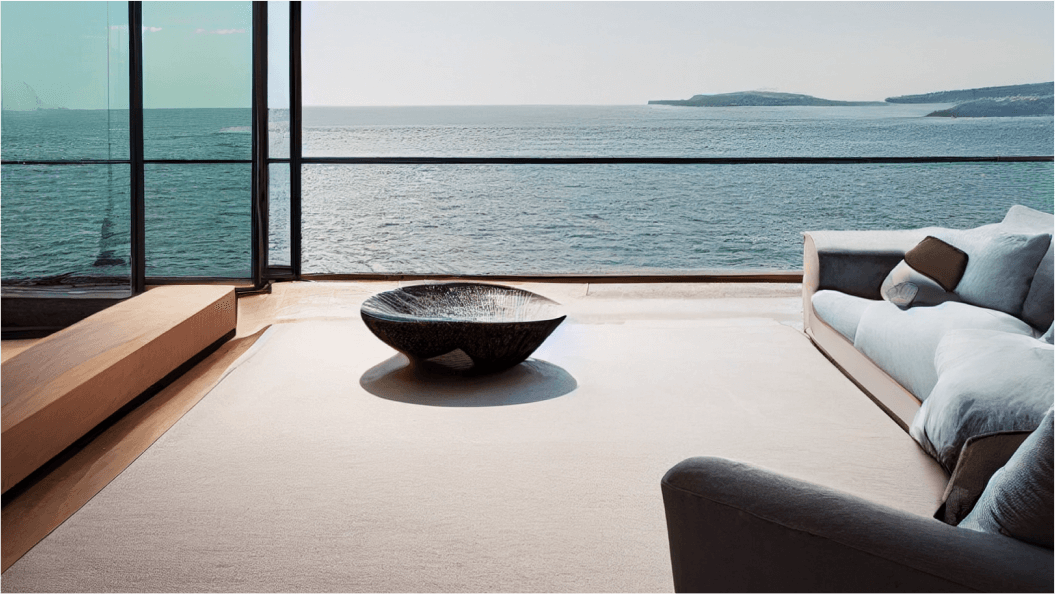
French Country/Provincial
French-style interior design offers a rustic approach to your living space, utilizing the refined taste of French countryside decor. Beauty and elegance are the focus of this style, incorporating rustic materials and features of the countryside to create a unique look.
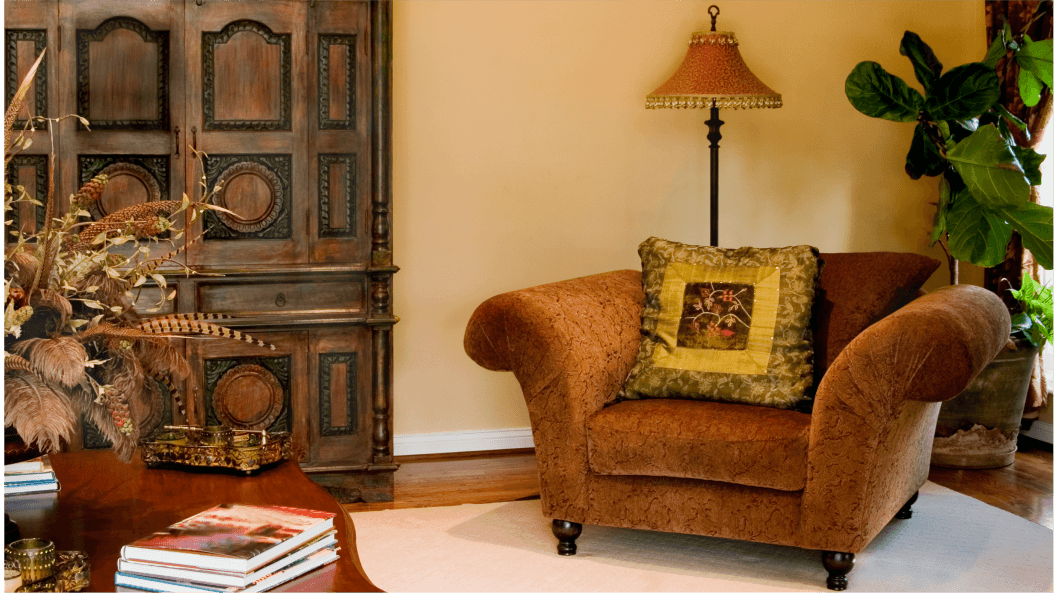
TRADITIONAL
How does a traditional interior design style make you feel? Do you feel comfort, warmth, and a sense of the familiar? Feel this way every day when you choose to infuse a traditional style interior design feature into your home!
The traditional interior design style suits all homes and does not portray a specific time period.
European designs from the Eighteenth and Nineteenth Centuries provide a foundation for the traditional interior design style, exuding English and French regality.
When embarking on a traditional interior design style, your rooms will be family-orientated and comfortable. Symmetry is a typical concept, ensuring to use of a pair of armchairs, for example, or symmetrical side tables.
Your color palette will be neutral, in addition to sparing usage of bold accents. Experiment with rich, patterned wallpaper for a true traditional interior design style look. Damask wallpaper, as well as striped, floral, or motif wallpaper, are great choices.
In addition, opt for darker woods that look great on the floor as well as across furniture pieces. Choose luxurious textile fabrics such as heavy cotton, wool, fur, velvet, and silk to truly finish off your traditional interior design.
The Georgian interior design style is sophisticated and regal, incorporating the decor and furnishings popular during the reign of the four King Georges. This period commenced in 1714 and ran uninterrupted until 1830.
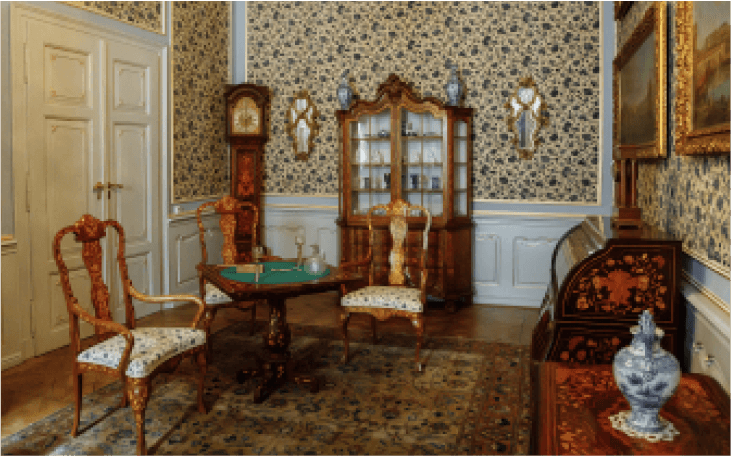
Typically, this style encompassed high ceilings to effervesce grandeur, large windows to allow natural light, and exquisite decor that is both classic and elegant. To replicate this interior design style in your home, Georgian shutters are a must! Opt for an imposing fireplace and regal colors to provide a feature wall in your living space.
An oak table, a carpet-covered ottoman, and patterned rugs are sure to fully set your Georgian interior design style.
The traditional American style is the Federal interior design style, providing a clear twist on traditional British influences of the early American era.
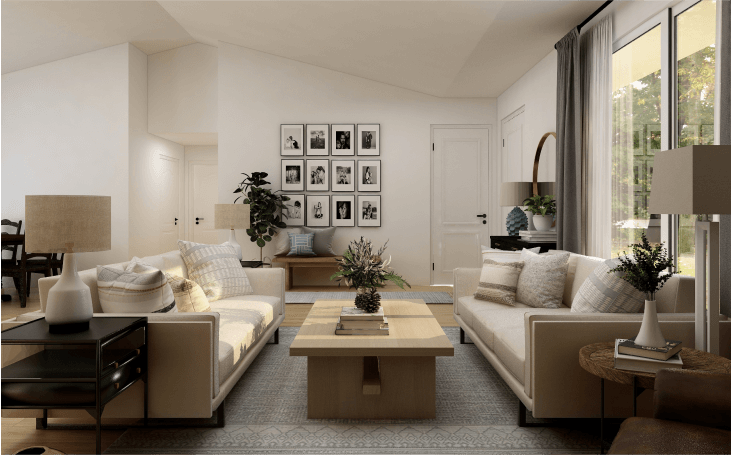
The Federal interior design style ess dark woods and regal blues, fitting the early American style that was popular at the time.
The Victorian era was a prominent time in British history, focusing on the late Nineteenth Century and the turn of the Twentieth Century. At the time, the British Empire was going strong around the world, and so those influences seemingly penetrate the Victorian interior design style.
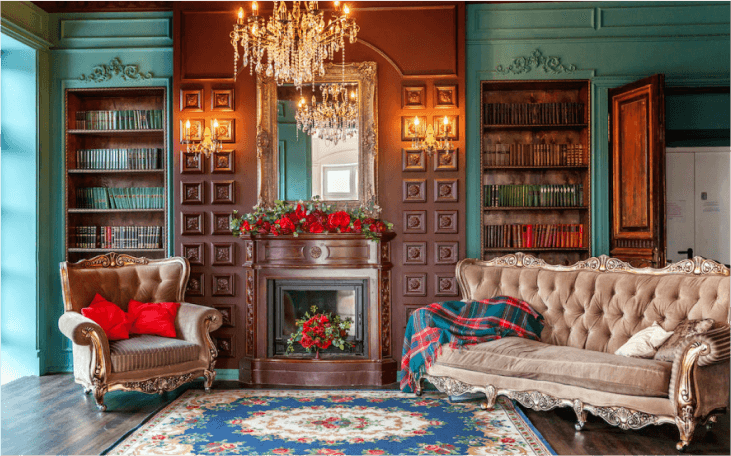
In addition to colonial influences in the Victorian interior design style, Christian Gothic influences run strong. Architectural spires, as well as pointed archways and doorways, and unique windows are commonplace.
Adopting a colonial interior design style in your home will project the features and styles of colonialism, utilizing a particular colony’s style and decor.
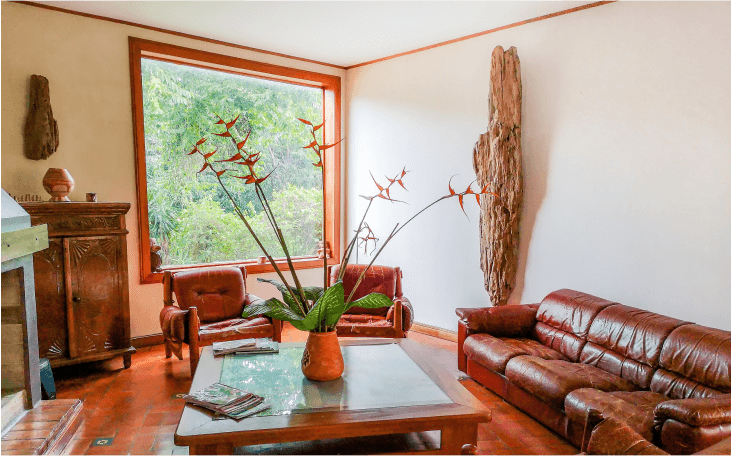
It is quite easy to replicate a style such as this due to the vast history and records that were kept at the time.
The Mediterranean style interior design offers your home a relaxing and tranquil environment. Utilizing Southern European romanticism, summer fun is injected as well, promoting peace and a true place to unwind.
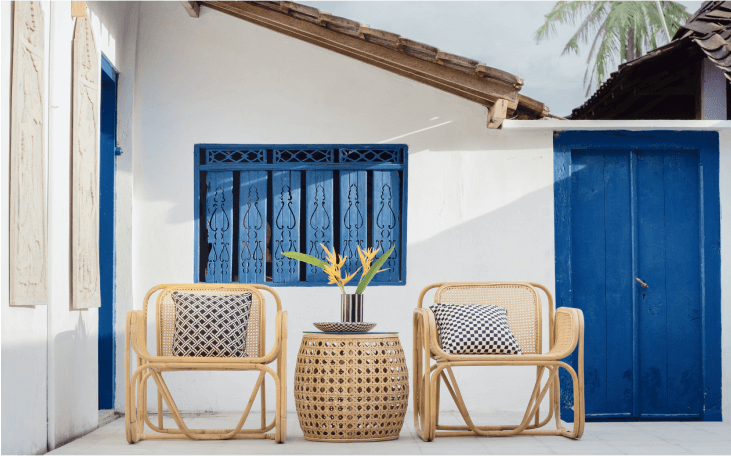
Adopt sea blues and greens along with a traditional terracotta when copying the Mediterranean interior design style.
The Neoclassic interior design style is less about holidays and the sea and more about classic Parisian chic. Utilizing high ceilings, arch designs, and enfilade rooms, a refined and sophisticated Europe is portrayed in this style.
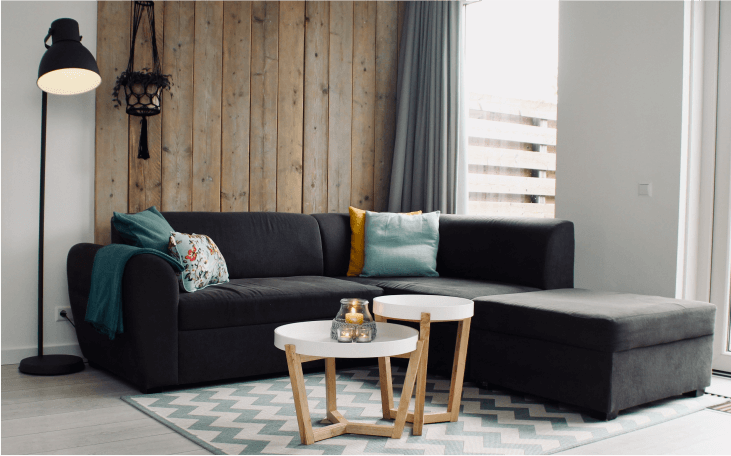
Classical European architecture encompasses the Neoclassic interior design style, using classic, clean whites, and sophisticated blues.
CONCLUSION
When choosing a new interior design style for your home, which particular style would you choose? Do you want to opt for a classic and inoffensive look that oozes tradition and class? Or, do you want to try something daring and fun, injecting color into your home?
The Modern interior design style is classic and many twists can adapt to your taste. Choose a stringent Modern interior design style and follow the rules, or find comfort in the Postmodernist blend or a Minimalist angle. How about the Industrial style for your home?
If you want something more unique for your home, a Contemporary interior design style could be the best choice for you. Art deco is timeless and classic, yet is also a bold and vivid choice.
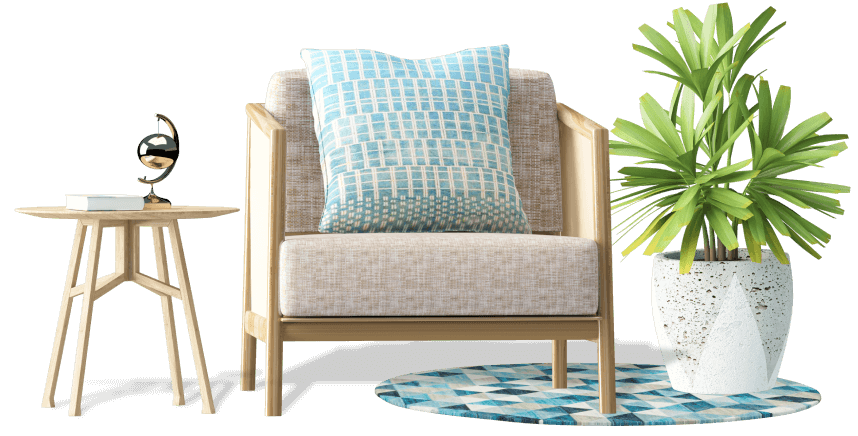
A Scandinavian version of the contemporary interior design style offers perfect craftsmanship and functional space that allows you to breathe. Or, choose from a retro, urban, or casual variation of the contemporary design style, finding the best option for your taste and your home.
However, for the true original interior designer, choose an Eclectic interior design style! Achieve a unique boho interior design style and incorporate the different styles of global continents. Or, go full glam for a bold yet traditional look.
If you love the shabby chic look, then follow the shabby chic feminine palette in your home, creating a lived-in look that is homely and that exudes comfort. Or, opt for a tropical or maximalism interior design style and achieve a full style theme!
Perhaps a traditional interior design style is more your taste, choosing a Mediterranean or chic Neoclassic look. For a truly regal appearance, a Victorian or Georgian interior design style will add sophistication to any home.
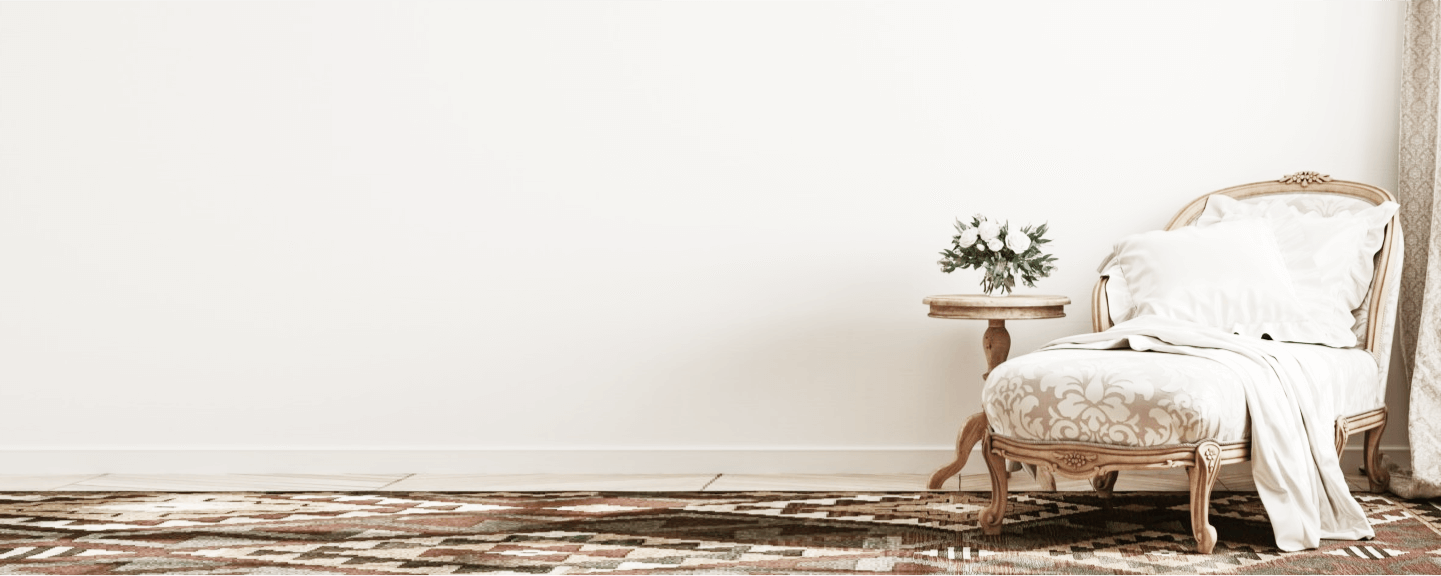
If you prefer a blended mixture of interior design styles, choose a transitional look.
A coastal or provincial interior design style incorporates the best of many styles, creating a unique and custom look that your family and friends will love.
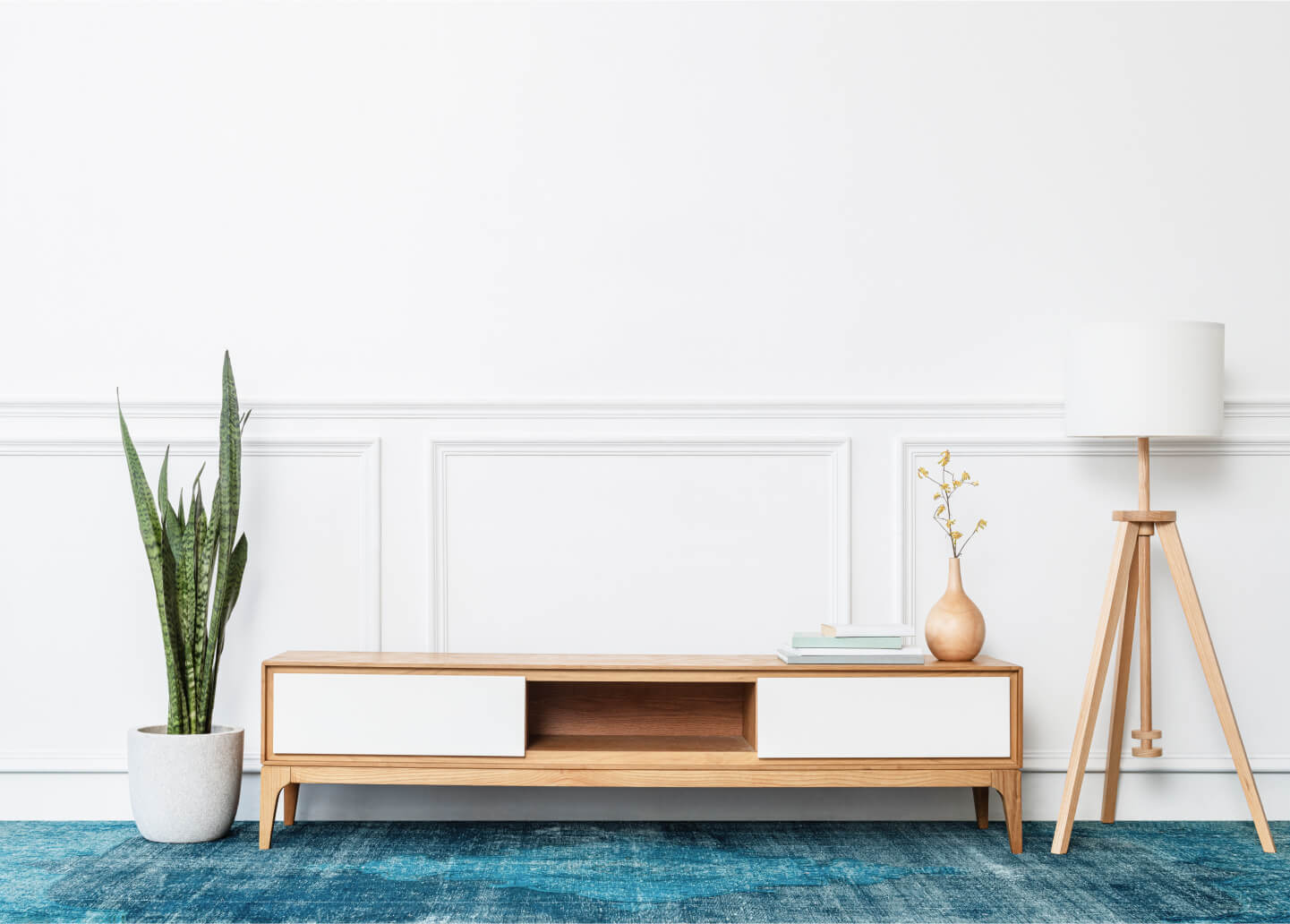
Whatever interior design style you opt to follow, choose a delectable palette of colors, glorious features, and high-quality furnishings and pieces, creating the home of your dreams.
What are the different types of interior design styles?
The different types of interior design styles include traditional, modern, contemporary, minimalistic, eclectic, bohemian, Scandinavian, and industrial. Each style is characterized by its own unique elements such as furniture pieces, artwork, and color palette. Depending on your personal preferences and the look you’re trying to achieve in a given space, you can mix and match different design styles to create a unique interior.
How do I choose the right interior design style for my home?
Choosing the right interior design style for your home involves understanding your personal lifestyle, aesthetic preferences, and budget. Start by researching different interior design styles to get an idea of which styles speak to you and include features that mesh with how you want to live in your space. Once you’ve narrowed down a few options, create a balanced mix of pieces that reflect the chosen style as well as provide comfort, functionality, and beauty. Finally, consider enlisting the help of a professional interior designer for extra guidance on selecting furniture layouts and materials to create a cohesive look for your home.
What are the key elements of each interior design style?
The key elements of each interior design style vary depending on the type, but there are some general guidelines that generally apply. For example, traditional designs often feature rich, warm colors, symmetry and balance in furniture arrangement, ornate details like crown molding and antique furnishings, plush fabrics, and rugs. Contemporary styles tend to be more minimalist with neutral tones and clean lines while shabby chic emphasizes a soft color palette with distressed finishes and floral patterns. Mid-century modern focuses on natural materials like wood and leather mixed with geometric shapes and bold colors. Eclectic designs mix elements from different styles to create one unique look. Ultimately it is up to you to decide which style best suits your needs.
How can I mix and match different interior design styles?
To mix and match different interior design styles, you need to create balance by incorporating elements from each style. Consider elements such as color palettes, furniture pieces, lighting fixtures, and artwork that can serve as a bridge between two or more interior design styles. Also, try blending textures and shapes to add visual interest to the space. To achieve harmony in the room’s overall look, select items with similar finishes or accents that unite the design elements together. Finally, use accessories to build on your chosen theme and make sure there is enough contrast throughout the space so nothing looks too monotonous or dull.
How do I transition from one interior design style to another?
When transitioning from one interior design style to another, it’s important to consider both form and function. You want to find pieces that reflect your desired style without sacrificing comfort or functionality. Start by selecting main furniture pieces in the new style and then work around that by picking out accent items, such as lighting fixtures, rugs, window treatments, art, and accessories. Don’t forget to use colors and patterns that tie everything together! Once you have the basics in place, experiment with different textures and materials until you’ve achieved the look you were going for.
What are some of the latest trends in interior design?
Some of the latest trends in interior design include minimalistic and modern designs, with pops of color for visual interest. Incorporating natural elements into a home’s design, such as wood, is also popular. Biophilic design – using plants and other nature-inspired details – is gaining momentum and bringing vibrant colors, textures, and patterns to interior spaces. Homeowners are also focusing on comfortable furniture pieces that transition easily between living areas and create an inviting atmosphere. Overall, the trend seems to be to create a space that is aesthetically pleasing while maintaining functionality.
How do I incorporate sustainable design into my home?
To incorporate sustainable design into your home, start by making sure that natural light and ventilation are adequate and use energy-efficient products. You can also decrease the water usage in your home by using efficient fixtures and low-flow toilets, as well as investing in renewable energy sources like solar panels or a wind turbine. Additionally, choose green materials for construction such as recycled wood or bamboo flooring, cork tiles for roofing insulation, and non-toxic paint for finishes. Lastly, pay attention to landscaping elements such as gardens with native plants which require less maintenance and attract local wildlife.
These steps will help you make sure that you have an environmentally friendly home that is designed to last!
How do I make my home more energy efficient?
Making your home more energy efficient can help you save money on energy bills and reduce your environmental impact. Some of the steps you can take include sealing air leaks, adding insulation to walls, attics, and basements, replacing old windows with double- or triple-paned windows for better insulation, using LED lighting that uses less electricity than traditional bulbs, using passive solar heating techniques such as adding light-colored window coverings to capture heat during cold days and shade during hot days. Additionally, investing in energy-efficient appliances when replacing old ones can significantly lower your overall energy use.
What are some tips for creating a healthy home environment?
To create a healthy home environment, you should focus on air quality, light, and temperature control, decluttering and organizing your space, creating good habits for food preparation and storage, reducing dust accumulation, using non-toxic cleaning products, and creating a stress-free atmosphere. Additionally, having regular checkups with your doctor can help ensure that your physical health is in good condition as well.
How do I find a certified interior designer?
To find a certified interior designer, you can search online for professional associations, such as the American Society of Interior Designers (ASID) or the International Interior Design Association (IIDA). You can also ask friends and family for recommendations. Additionally, there are many websites that allow you to find and compare design professionals in your area. Once you have identified potential designers, make sure to check their qualifications and experience before making a selection.
- Best Online Home Theater Store
- Movie Leather Recliners
- Theater Seat Store Discount Code
- Leather Sofa Deal
- Single Recliners For Sale
- Quick Ship Media Entertainment Furniture
- Theater Seating Furniture For Sale
- Discount Recliners
- Transitional Recliner
- Home Theater Seating Under 1000
- Theatre Room Leather Recliners
- Sofa Recliner Deals
- Sofa And Loveseat Sets For Sale
- Classic Movie Theatre Seats
- Affordable Movie Theater Seating
- Price Of Home Theater Chairs
- Home Theater Seating Sectionals
- Theater Seating For Six
- Where To Buy Sofa
- Movie Love Seat Recliners
- Theater Seat Feature
- White Real Leather Sectional
- Black Sectional Leather Couch
- Wall Hugger Sectional Recliner
- Leather Sectional With Usb Port
- Comfortable Sectional Sofa
- Theater Room Lighting
- Theater Seating Decor
- Best Popcorn Bowl
- Azure Noir
- Recliners Accessories
- Recliner Head Cushion
- Best Massage Recliners
- Best Brand Furniture Recliners
- Custom Leather Seating
- Octane Collection
- White Theater Seats And Recliners
- Turbo Xl700 Sectional By
- Xl Seats
- Chair With Hidden Storage
- Cool Man Cave Couches
- Commercial Theater Seating For Sale
- Clergy Chairs For Sale
- Octane Theater 2 Seater Reviews
- Home Theater Modular
- Luxury Sectionals
- Modern Style Couches
- Leather 3 Seat Recliner Sofa
- Best Cuddle Couches
- Leather Power Sectional With Chaise
- Home Theater Seating Single Seat
- Recliner Chair Indoor
- How Are Recliners Shipped
- Modern Oversized Sectional
- Leather Oversized Sectional
- Sectional Couches Recliners
- Sectional Sofas Leather
- Power Leather Reclining Sectional
- Big Cozy Sectional Couch
- Palliser Chairs Review

